‘Heroic actions are a natural tendency’: why bystander apathy is a myth
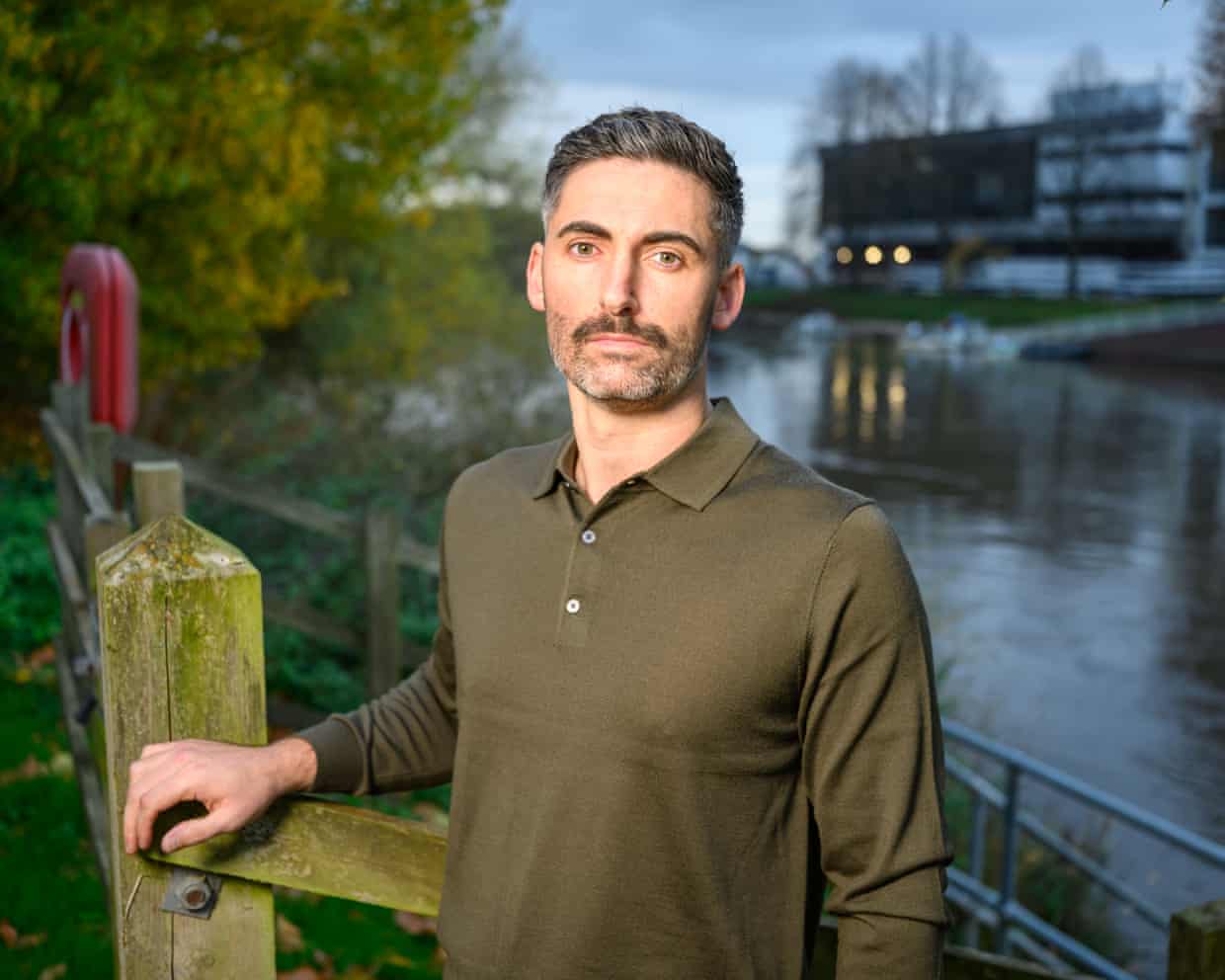
It was early morning on 1 January last year when Colin McGarva dived into a flooding river in Worcester to rescue an unconscious woman.McGarva said he didn’t think twice about the risk to himself, or the devastating loss his newborn son would suffer had he too been swept away by the fast-flowing icy waters.“I didn’t stop to think because the instinct – the instant reaction – is to help someone in need,” he said.“Someone’s life is an important thing.Helping is just something you have to do.
”The concept of heroism was widely discussed last week after the mass stabbing attack on a high-speed train from Doncaster to London.While initial reports told of panic and confusion as passengers – some wounded and bloodied – ran through the carriages, stories of heroism soon emerged.Samir Zitouni, an LNER employee, was the most high-profile.Taken to hospital after putting himself in the line of danger to save passengers’ lives, he was hailed by police and the transport secretary for “bravery beyond measure”.“There are people who are alive today who wouldn’t be … were it not for his actions,” announced the transport secretary, Heidi Alexander.
But, said his family, “to us, he’s always been a hero”,Is there a hero inside all of us? Experts in bystander intervention say there is; that we are all more likely than not to act with selfless heroism in moments of acute threat,“The notion that people panic and run screaming for the exits is a Hollywood fiction,” said Prof Stephen Reicher, an expert in group behaviour at the University of St Andrews,“Characteristically, people stay and help each other,” he said,“We found this during the 7/7 attacks on the underground and the 1999 attack on the Admiral Duncan pub in London, where people looked after each other even though they feared other bombs.
“In our own research on the Leytonstone tube attack in 2015, there was an amazing level of spontaneous coordination by bystanders: some directed others away from danger.Some distracted the attacker.Some confronted the attacker.Each was able to act because of the others.Heroism was a feature of the group, not just the individual,” he added.
Prof Clifford Stott, a specialist in the psychology of crowds and group identity at Keele University, agreed.Modern research, he said, showed “bystander apathy” was a myth.Instead, strangers often work together in emergency situations with highly sophisticated unity.“What modern research shows is that the public are very good at protecting themselves and that the heroic actions that hit the headlines are actually underlying, natural tendencies in all of us.”That, he said, revealed something very positive about the human condition – but it also indicated that society would benefit from fostering and harnessing this natural capability by helping people to feel empowered to take control during emergencies.
“This will become increasingly important because of the broader challenges society will soon face – at the very least, there are going to be many more climate-related mass emergencies,” he said.“We need to scaffold local resilience and build infrastructures within local communities that help them to organise and help manage that motivation that people have to step in.”Prof John Drury, a social psychologist specialising in the study of collective behaviour at the University of Sussex, agreed.“Authorities arriving at emergency scenes need to support and facilitate people’s strong, natural tendency to group together and help each other,” he said.The language used by police and other first responders was subtle but key to this, he said, pointing to the use of positive, unifying language: “Talk about ‘the community’ rather than ‘the public’, and about ‘us’ and ‘we’,” he said.
“Focus on shoring up that sense of connection within the group you’re talking to, and between yourself and that group.”Dr Gill Harrop, who leads the Bystander Intervention Programme at the University of Worcester, said many institutions were already actively working towards building a culture of helpers.“We’re seeing this happening now with bystander intervention training in schools, colleges, universities, policing and even the NHS,” she said.“We are slowly but surely creating communities of active bystanders.And that’s wonderful.
”

Tesla shareholders approve $1tn pay package for Elon Musk
Tesla shareholders approved a $1tn compensation plan for CEO Elon Musk on Thursday, awarding the world’s richest person what would be the largest corporate payout in history if he meets the goals necessary to receive it.The pay package, which several high-profile investors opposed, demonstrates that shareholders still believe Musk can lead the automaker in an era dominated by robotics and artificial intelligence.The result of the vote was announced at the annual shareholder event in Austin, Texas, with more than 75% of investors voting in favor of the plan. Chants of “Elon” erupted in the room at the news of its approval.“Thanks, guys,” Musk said, after briefly dancing on stage alongside the company’s Optimus robots

Amazon sues AI startup over browser’s automated shopping and buying feature
Amazon sued a prominent artificial intelligence startup on Tuesday over a shopping feature in the company’s browser, which can automate placing orders for users. Amazon accused Perplexity AI of covertly accessing customer accounts and disguising AI activity as human browsing.“Perplexity’s misconduct must end,” Amazon’s lawyers wrote. “Perplexity is not allowed to go where it has been expressly told it cannot; that Perplexity’s trespass involves code rather than a lockpick makes it no less unlawful.”Perplexity, which has grown rapidly amid the boom in AI assistants, has previously rejected the US shopping company’s claims, accusing Amazon of using its market dominance to stifle competition
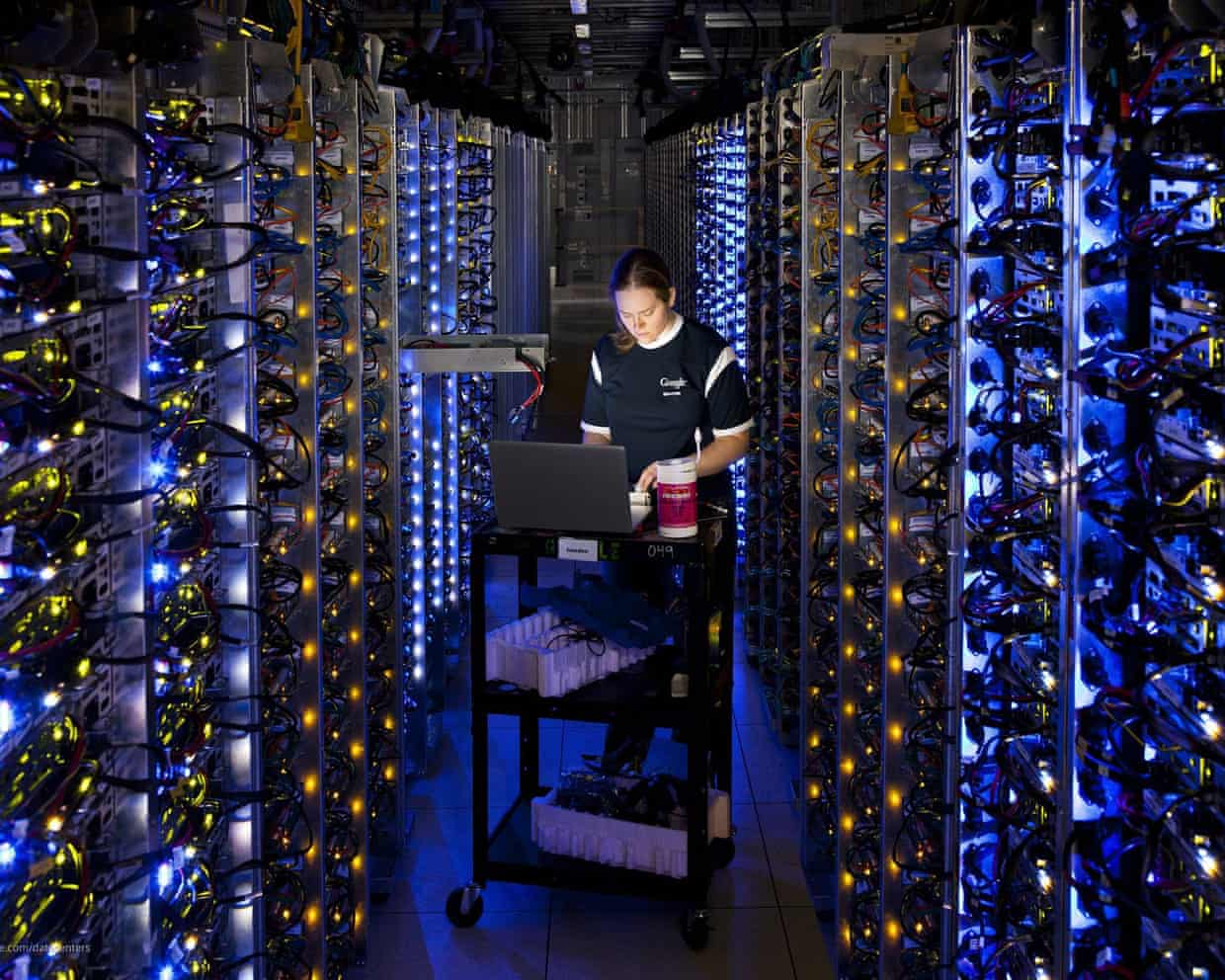
Google plans to put datacentres in space to meet demand for AI
Google is hatching plans to put artificial intelligence datacentres into space, with its first trial equipment sent into orbit in early 2027.Its scientists and engineers believe tightly packed constellations of about 80 solar-powered satellites could be arranged in orbit about 400 miles above the Earth’s surface equipped with the powerful processors required to meet rising demand for AI.Prices of space launches are falling so quickly that by the middle of the 2030s the running costs of a space-based datacentre could be comparable to one on Earth, according to Google research released on Tuesday.Using satellites could also minimise the impact on the land and water resources needed to cool existing datacentres.Once in orbit, the datacentres would be powered by solar panels that can be up to eight times more productive than those on Earth

LOL: is this the ultimate texting faux pas (and what should you use instead)?
From abbreviations to happy poos, gen Z has strong opinions on appropriate texting behaviour. But can anyone keep up with the ever-changing rules?Name: “LOL”.Age: The Oxford English Dictionary first included LOL in 1997.Not to be confused with: Loll, which is what dogs sometimes do.So as in “laugh out loud”? Or laughing out loud, though David Cameron thought it stood for “lots of love” and used to sign off to Rebekah Brooks, the former Sun and News of the World editor, with a LOL

Elon Musk’s $1tn Tesla pay deal to be rejected by huge Norway wealth fund
Norway’s sovereign wealth fund has said it will vote against a $1tn (£765bn) pay package for the Tesla chief executive, Elon Musk.The fund, which is the biggest national wealth fund in the world, said that while it appreciated the “the significant value created under Mr Musk’s visionary role” it would vote against his performance award.“We are concerned about the total size of the award, dilution and lack of mitigation of key person risk – consistent with our views on executive compensation,” it said. “We will continue to seek constructive dialogue with Tesla on this and other topics.”The warning from Norges Bank, which is the seventh biggest single shareholder in Tesla with a stake worth $17bn, comes two days before the carmaker hosts its annual shareholder meeting
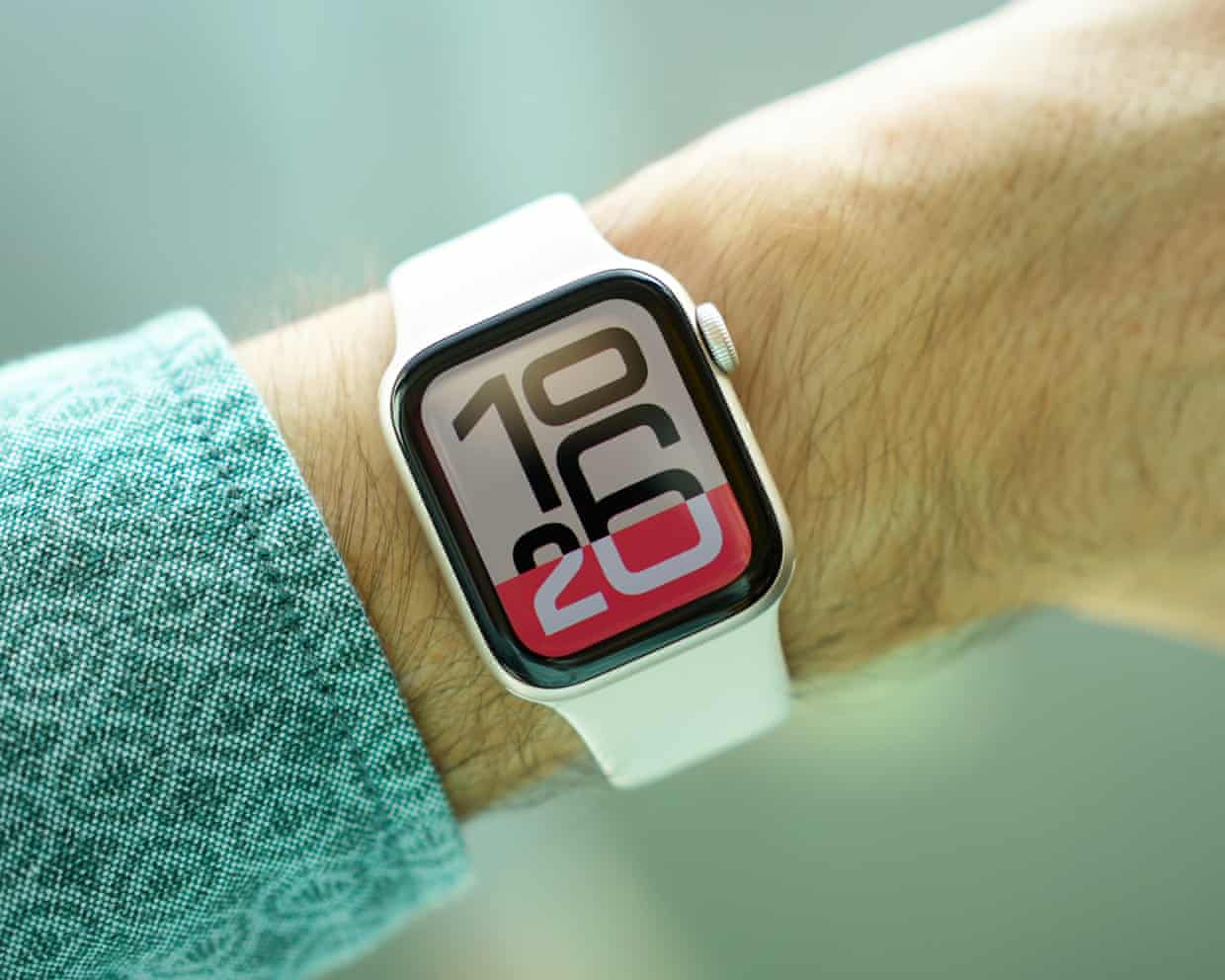
Apple Watch SE 3 review: the bargain smartwatch for iPhone
Apple’s entry level Watch SE has been updated with almost everything from its excellent mid-range Series 11 but costs about 40% less, making it the bargain of iPhone smartwatches.The Guardian’s journalism is independent. We will earn a commission if you buy something through an affiliate link. Learn more.The new Watch SE 3 costs from £219 (€269/$249/A$399), making it one of the cheapest brand-new fully fledged smartwatches available for the iPhone and undercutting the £369 Series 11 and the top-of-the-line £749 Apple Watch Ultra 3

US private equity giant poised to take over online retailer The Very Group
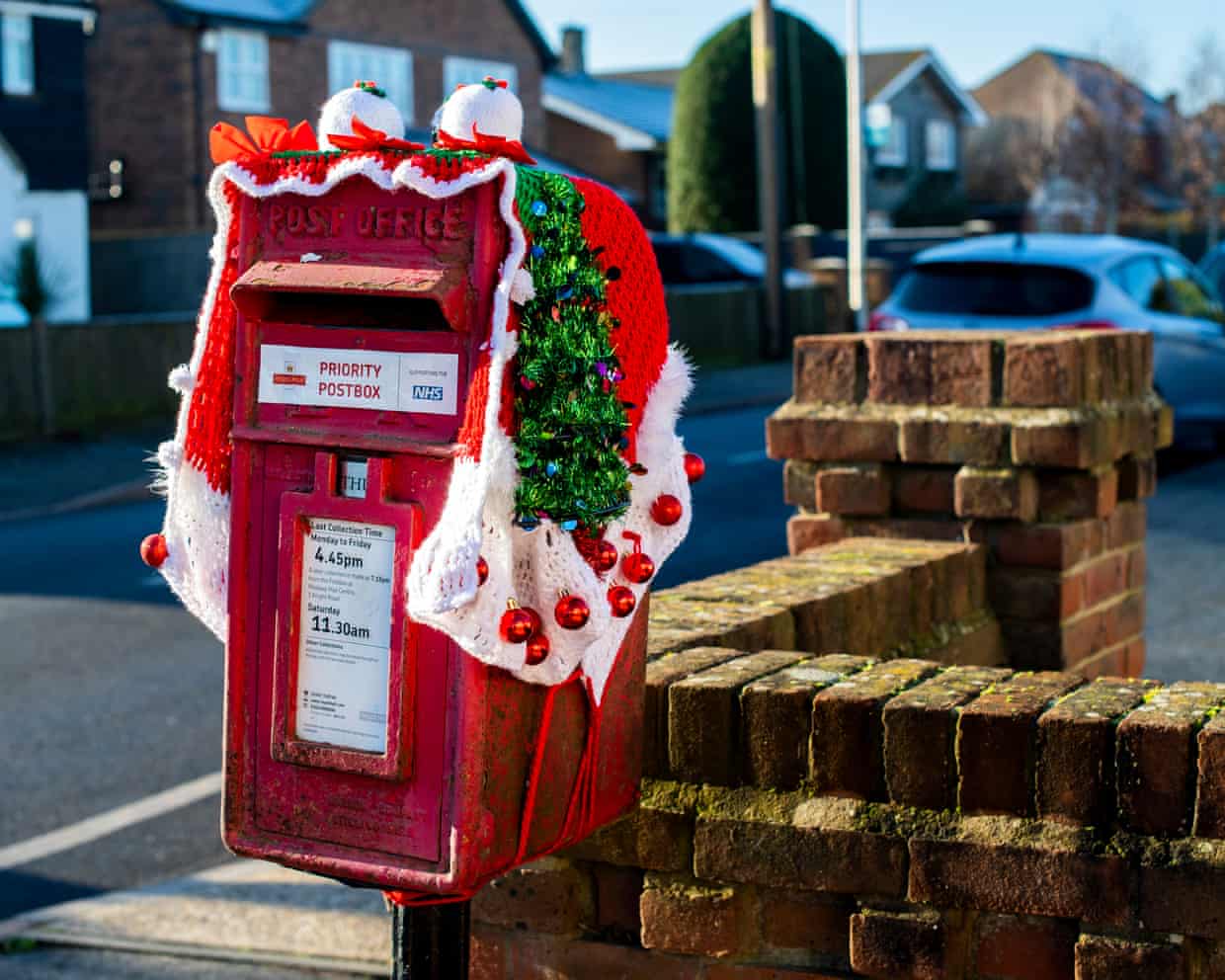
Last Christmas, you gave us first class: Royal Mail turns Scrooge with gift to staff of second-class stamps
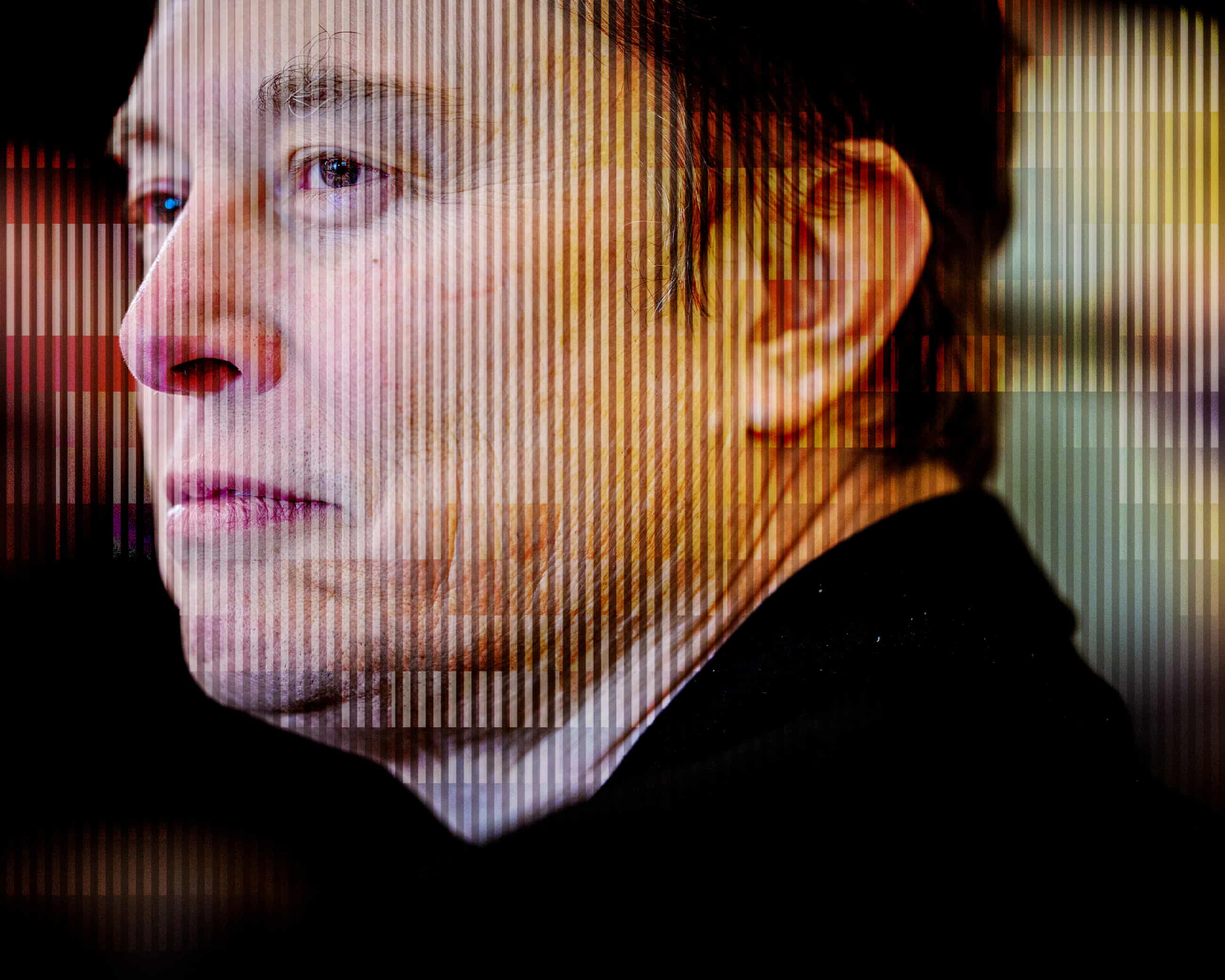
Elon Musk makes himself far-right fixture after White House departure
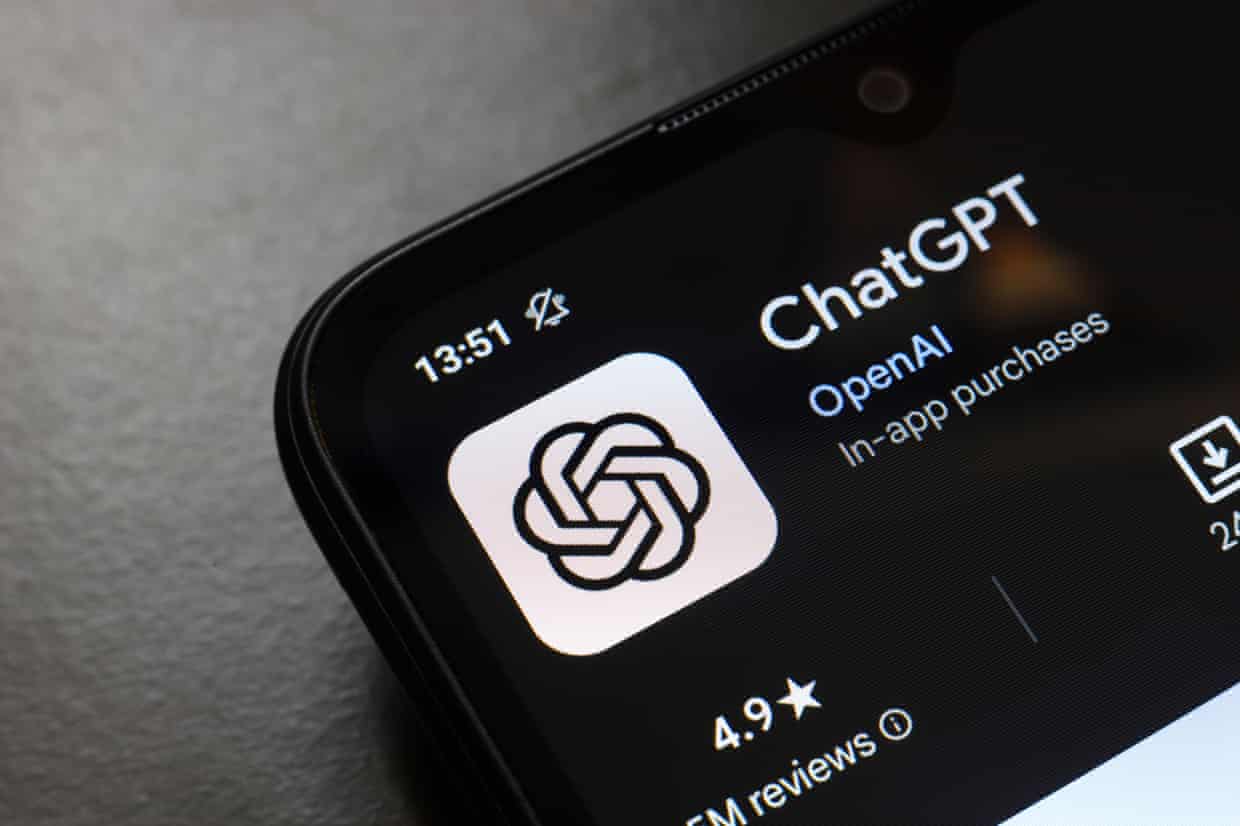
ChatGPT accused of acting as ‘suicide coach’ in series of US lawsuits
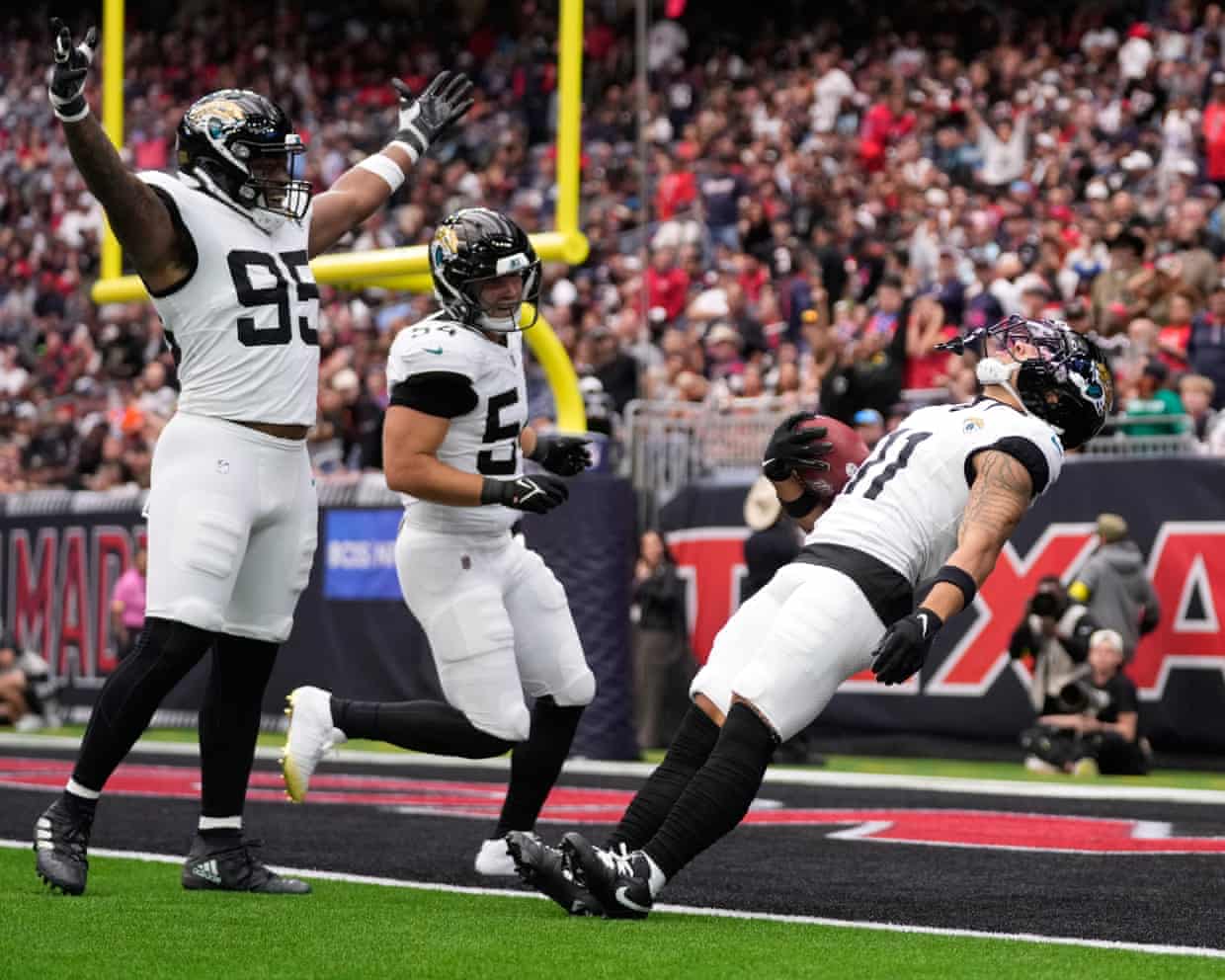
NFL week 10: Bucs v Patriots, Vikings v Ravens, Colts edge Falcons in Berlin and more – live

US sports betting crisis grows as MLB’s Clase and Ortiz indicted over alleged rigged pitches